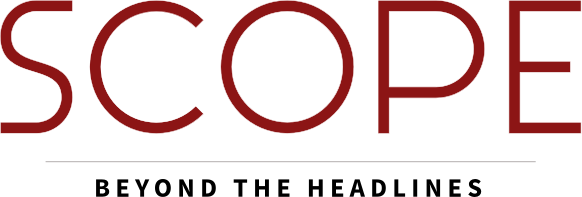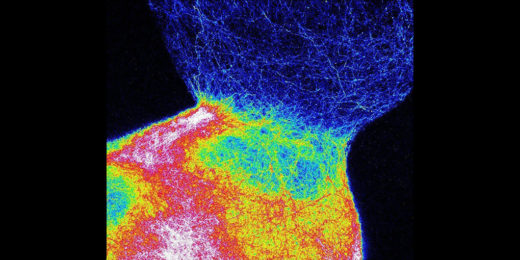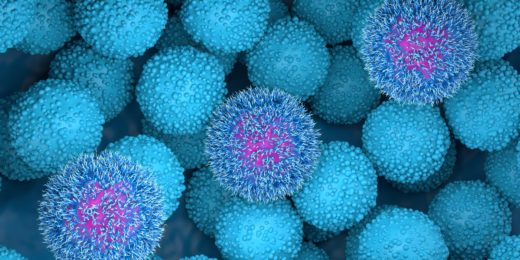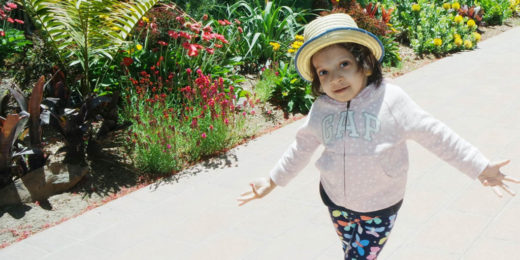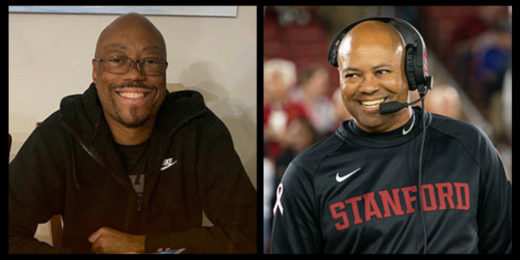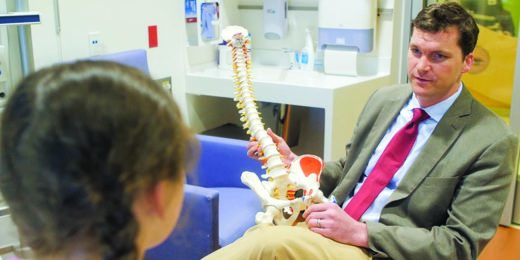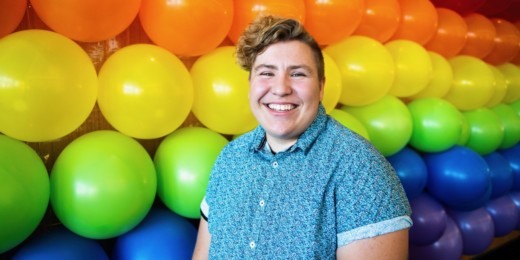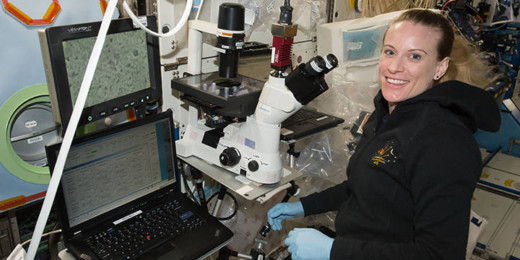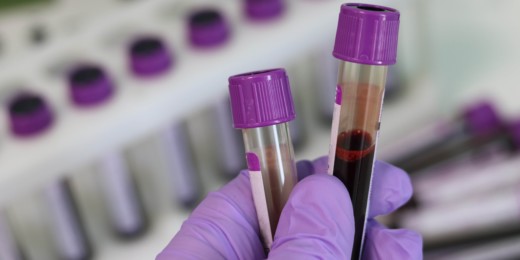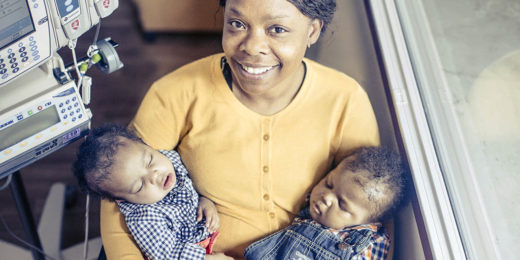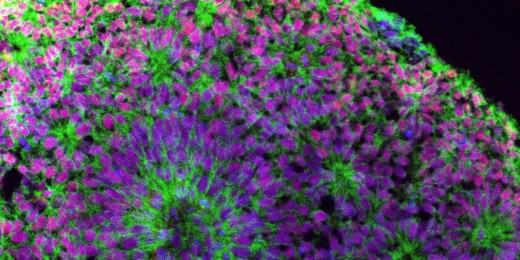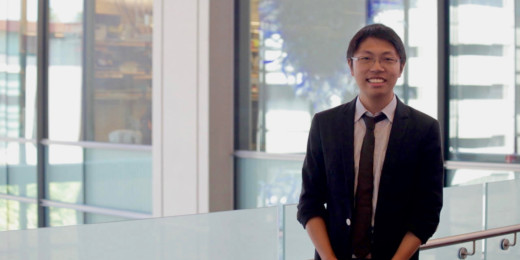For Christopher Lopez, currently a third-year medical student, the Stanford Medicine campus is more than just where he’s pursuing his MD-PhD degree -- it sits on the ancestral land of the Ohlone people.
Category: Stem cells
Stanford neuroscientist’s ‘assembloids’ pave the way for innovative brain research
A Stanford neuroscientist has led the development of a novel brain research tool for understanding diseases of brain development.
New findings expand hopes for a stem cell cancer ‘vaccine’
Induced pluripotent stem cells share proteins with some cancers. The cells can be used as a vaccine to prevent pancreatic cancers in mice.
Milestone stem cell transplant helps child beat rare disease
A revolutionaly technique helps cure 9-year-old girl who was Stanford Children's Health's 1,000th stem cell transplant patient.
Stanford coach’s quest to save his brother: ‘God, I hope this works’
ESPN told the story of Stanford football coach David Shaw donating stem cells to save his brother, who had a rare form of lymphoma.
Stanford surgeon studies how to improve scoliosis treatment
Stanford researchers have several projects underway to improve imaging techniques, bracing treatment and surgeries for kids and teens with scoliosis.
Cell growth clue could lead to new breast cancer treatments
Stanford stem cell biologists have found a way to block a signal that causes growth of breast cancer cells, opening potential for new treatments.
Gel smooths cells’ ride through syringes in regenerative therapy
An innovative stem cell delivery method vastly improves the viability of tissue regenerating cells in animal spinal-cord injury models.
In the Spotlight: ‘When you’re in a minority group, you’re never just a grad student’
This "In the Spotlight" features Carolyn Dundes, a PhD candidate in Stanford's Stem Cell Biology and Regenerative Medicine program and an LGBTQ advocate.
The final frontier? Studying stem cells on the International Space Station
Stanford researchers study stem-cell-derived human heart muscle cells on the International Space Station to learn effects of microgravity.
Delivery of crucial protein to brain could help treat rare genetic disorders
Stanford scientists have conducted a proof-of-concept experiment in mice that shows they can use blood stem cells to treat a severe brain disease.
Two young brothers saved by new stem cell transplant technique
A method that broadens the pool of potential donors for stem cell transplants recently saved two young brothers from a severe genetic disease.
Stem cell medicine gets a go-to guide citing proven findings
A state-of-the-field review of stem cell research by Stanford's Helen Blau reveals their promise & exposes problems in the path to clinical applications.
Common brain injury in premature babies may be tied to specific cells
Using a lab model, Stanford researchers identified a type of developing brain cell that is profoundly changed by exposure to low oxygen levels.
CRISPR yields new potential “bubble boy” gene therapy
Stanford scientists and collaborators have harnessed CRISPR to replace the mutated gene underpinning the devastating immune disease, SCID-X1.
In the Spotlight: Working toward pure populations of stem cells
This In the Spotlight features Kyle Loh, a stem cell researcher who is working to create pure populations of cells. He also enjoys road bicycling.

